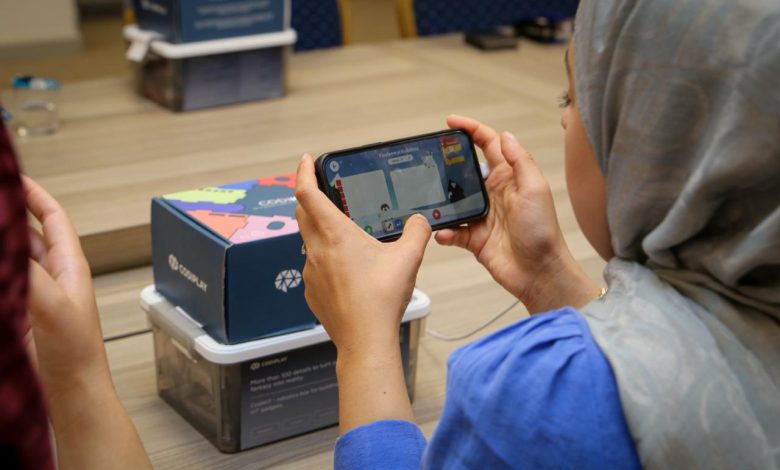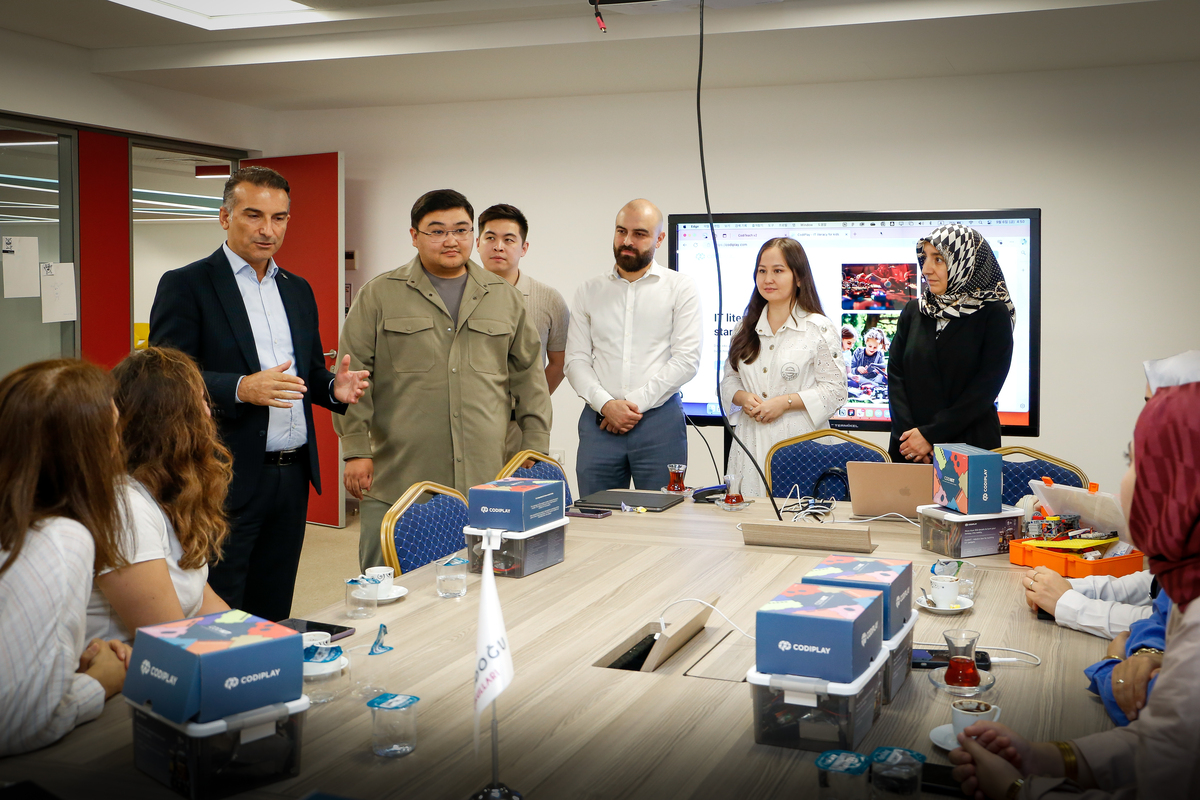Kazakh Children Programming Startup Launches in Turkish Schools

ASTANA – CodiPlay, a Kazakh-led children’s programming startup, was introduced in the curriculum of Turkish schools, announced the startup’s press service.

In June 2023, CodiPlay has closed its seed round with $2 million in funding. Photo credit: CodiPlay press service
Schools under Türkiye’s Yetev educational foundation and Istanbul American Schools are set to integrate the CodiPlay system. The project operates in 13 countries, including the United Kingdom, South Korea, Saudi Arabia, and Uzbekistan.
Founded in 2021, CodiPlay has rapidly grown to an estimated business value of $100 million, attracting 950,000 active users worldwide. The platform offers innovative educational solutions designed to teach children the basics of programming and robotics through engaging, playful methods.

The platform has 950,000 active users worldwide. Photo credit: CodiPlay press service
The system comprises three key components: the CodiPlay app, the CodiKit robotics kit, and the CodiTeach teacher platform, making it a comprehensive tool for educators and students alike.
“Today, schools around the world are teaching children digital literacy starting from first grade. However, schools are struggling to meet this challenge, whether they are in South Korea, the United States, or Kazakhstan. IT as a discipline has only recently been introduced in schools, and as a result, there are three main problems hindering its development: teachers who are not programmers, a lack of proper teaching materials, and insufficient infrastructure,” said CodiPlay founder Zhanadil Taldybayev.
He came up with the idea of teaching children programming skills while studying in South Korea. Korean schools were the first to implement the startup project in pilot mode.
“Children can start writing code on a smartphone; they don’t need a personal computer or laptop for that. We developed a technology that allows code compilation directly on the phone, so kids can write, compile, and transfer code to various devices using just their phones. At the time, I was living in Korea, and the first schools to participate in the project were Korean. It is a form of native learning—children play and, without realizing it, they are learning,” he explained.
Following children’s growing interest in the project, the developers expanded their efforts, introducing Internet of Things-based educational tools that help children apply and reinforce what they have learned.
“The problem was that while children were learning to code, they didn’t understand its purpose. It was important for us to show them that they were creating technology. We chose IoT projects that they encounter every day—like smart cameras, barriers, or the automatic doors in supermarkets—familiar technologies they see around them. By allowing them to build these, we aim to develop an engineering mindset from an early age. When children see any technology, they will understand how it works and be able to create its prototype themselves,” said Taldybayev.
According to him, 56 prototypes—from traffic lights to different elements of a smart home—can be created with the help of IoT projects. Recently, developers introduced drones and artificial intelligence modules.
Taldybayev noted they do not seek to train professional programmers but rather give children a chance to glimpse the world of IT.
“Today, all professions rely on digital tools, and we are preparing children for a future where, as specialists, they will be able to use technology and realize their potential,” he added.





